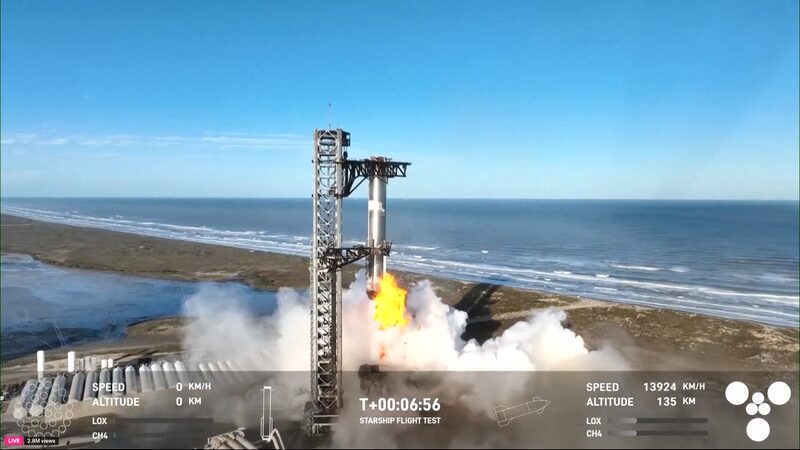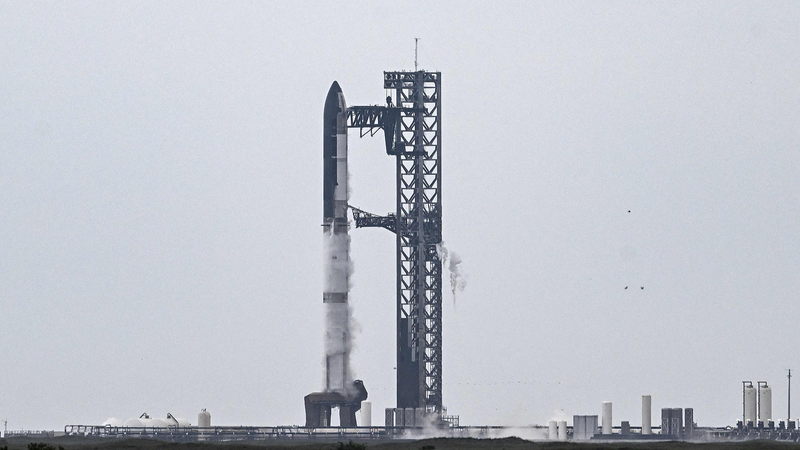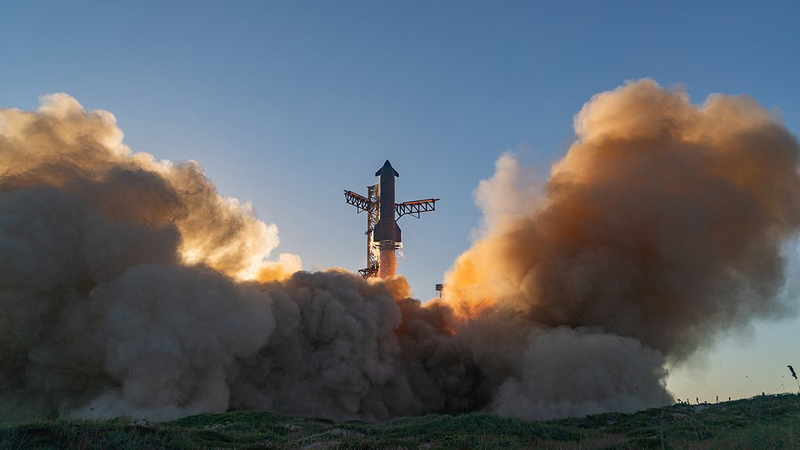Elon Musk’s Starship—the colossal rocket designed to one day ferry humans to Mars—just completed its ninth test flight, reaching space after two explosive failures earlier this year. While the mission wasn’t flawless, it marked a leap forward for SpaceX’s reusable rocket ambitions. 🌌
Launch Highlights & Challenges
The 400-foot-tall spacecraft blasted off from Texas on Tuesday, powered by a reused Super Heavy booster for the first time. The booster successfully separated mid-flight but lost contact during descent, crashing into the sea instead of sticking its planned splashdown. Meanwhile, the upper-stage Starship soared to a suborbital trajectory but later spun out of control during re-entry. 💥
Why It Matters
This test flight is a critical step toward reusable space travel. Despite setbacks—like malfunctioning payload doors and the booster’s splashdown fail—SpaceX gathered data to refine future launches. The FAA, which grounded Starship for months after earlier explosions, approved this flight with expanded safety zones. 📊
What’s Next?
Musk’s team aims to perfect Starship’s reusability, a game-changer for reducing spaceflight costs. While this mission didn’t stick the landing, it’s a reminder: innovation often comes with a few explosions. As one SpaceX commentator quipped mid-flight, "Our chances of making it all the way down are pretty slim." 😅
Think of it like a video game: each test gets SpaceX closer to the final boss level—Mars. 🎮🪐
Reference(s):
SpaceX Starship launches on ninth test flight after last two blew up
cgtn.com





